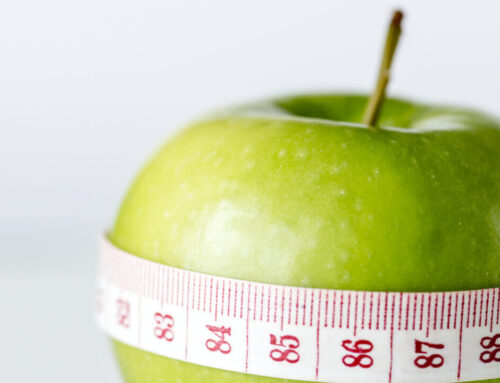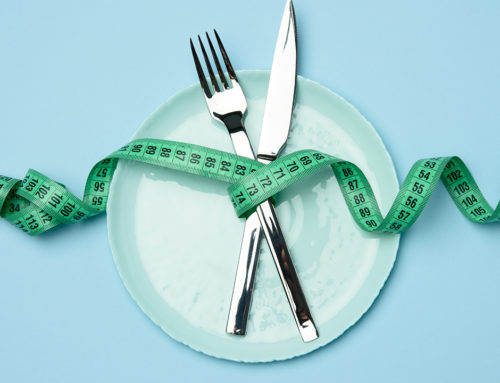The speed at which your protein is digested can have a big bearing on how much progress you make. Use this protein guide to perfectly time your proteins for maximum results.
Downing protein has become the new hipster drink. It’s for a good reason because we know it aids muscle repair and growth, but did you know the functions of protein also include: repair of red blood cells, hair and fingernail growth, regulation of hormone secretion, movement (muscle contraction), digestion, maintenance of the body’s water balance, protection against disease, transport of nutrients to and from cells, carrying oxygen and regulation of blood clotting. That’s a lot of really cool benefits. It’s a small wonder everyone is drinking it these days. Not to mention that for some of the more muscled guys it would be hard to get enough grams of protein in a day without having a few protein drinks. I can only chew and swallow so many pieces of chicken per day.
With that being said, there’s still a lot of discussion and debate about which kind of protein is the best to take and when it should be taken. Keep in mind protein is broken down into amino acids, and it’s these amino acids that our body wants for growth and repair. So when we look at the rate of digestion of protein what we’re looking at is how fast amino acid are released into our blood stream, and for how long. This matters because getting the right nutrients at the right time is crucial to making gains. This is the first part of your guide to give your body what it needs when it needs it the most.
Whey protein
In 45 to 90 minutes we see increases in blood amino acid levels. Peak levels are at just under 90 minutes.
How to use it: Take 20-40g, 35 to 45 minutes before working out and again after your workout. Whey is also a great protein to consume first thing in the morning before you eat your first meal. It’s considered as an anabolic protein because it supports protein synthesis and muscle growth.
Best protein to mix it with: Combine with casein in your post-workout shake to get a fast release of amino acids followed by a slower, longer release to drip feed your muscles.
Consuming hydrolysed whey will digest even faster because the protein has been hydrolysed (digested) already into amino acid peptides.
Pea protein
The digestion rate of pea protein will be similar to whey protein. It also has a very similar amino acid profile as whey.
How to use it: Pea protein can be used in place of whey protein for those who are allergic to dairy or who are participating in a vegan lifestyle. Take 20-40g, 35 to 45 minutes before working out and again after your workout.
Best protein to mix it with: Pea protein can be combined with casein in your post-workout protein shake to get a fast-digesting protein blend, then a slower-digesting blend.
The second half of TRAIN’s complete protein guide gives you the keys to perfectly time your protein intake for the best possible results.
When it comes to protein powders, there’s a lot of variability between their digestion rates. If you miss your post-workout anabolic window then you could be short-changing your muscle and results. In last month’s TRAIN, we analyzed the science behind whey and pea protein to determine how they can be benefi cial for you and how to consume them. Whey is probably the most well known protein and famously fast digesting, making it an ideal choice before and after your workouts. But how do its nearest competitors – egg and casein protein – stack up against one another in terms of how long they take to hit your muscles? The facts are all in this second part of your guide to perfect protein planning, along with an overall guide to daily protein consumption so you can maximize the results from your powders.
Casein protein egg protein
Amino acids enter the bloodstream at a similar rate as whey protein. Though levels of blood amino acids won’t increase as much, they will stay elevated for seven to nine hours after ingesting casein protein. How to use it: Casein protein is the before-bed protein for many lifters. By consuming it before you go to sleep you can essentially keep your blood-amino-acid levels elevated throughout the night, which will help to stop protein breakdown from the muscles and other tissues. Casein is also a good protein source to consume throughout the day – especially if you have missed some of your whole-food meals, or are short on your daily protein intake. Casein is considered an anti-catabolic protein because it helps to prevent the breakdown of your muscle tissue.
Best protein to mix it with: Casein protein is often mixed with whey protein. The whey creates a fast, large release of amino acids and the casein creates a longer, slower release. This combination is often found in many popular protein drink supplements.
Egg protein
Egg-white protein will digest at a similar time and rate as whey protein, making it an ideal substitute for whey protein for those who are allergic to dairy products. How to use it: Egg protein can be used in the same manner as whey protein. Take 20-40g, 35-45 minutes before working out and again after your workout. You can even combine whey and egg protein to get a wider variety of amino acids.
Best protein to mix it with: Combine with casein in your post-workout shake to get a fast release of amino acids, then a slower, longer release. This combination produces both anabolic affects as well as anti-catabolic affects.
Your best option
There are a lot of choices when it comes to which protein supplement to take and when. It’s best to keep things as simple as possible. Personally, it’s egg or whey protein first thing in the morning and then again before training. Take a combination of whey and casein after working out. Casein is the obvious choice before going to bed.







